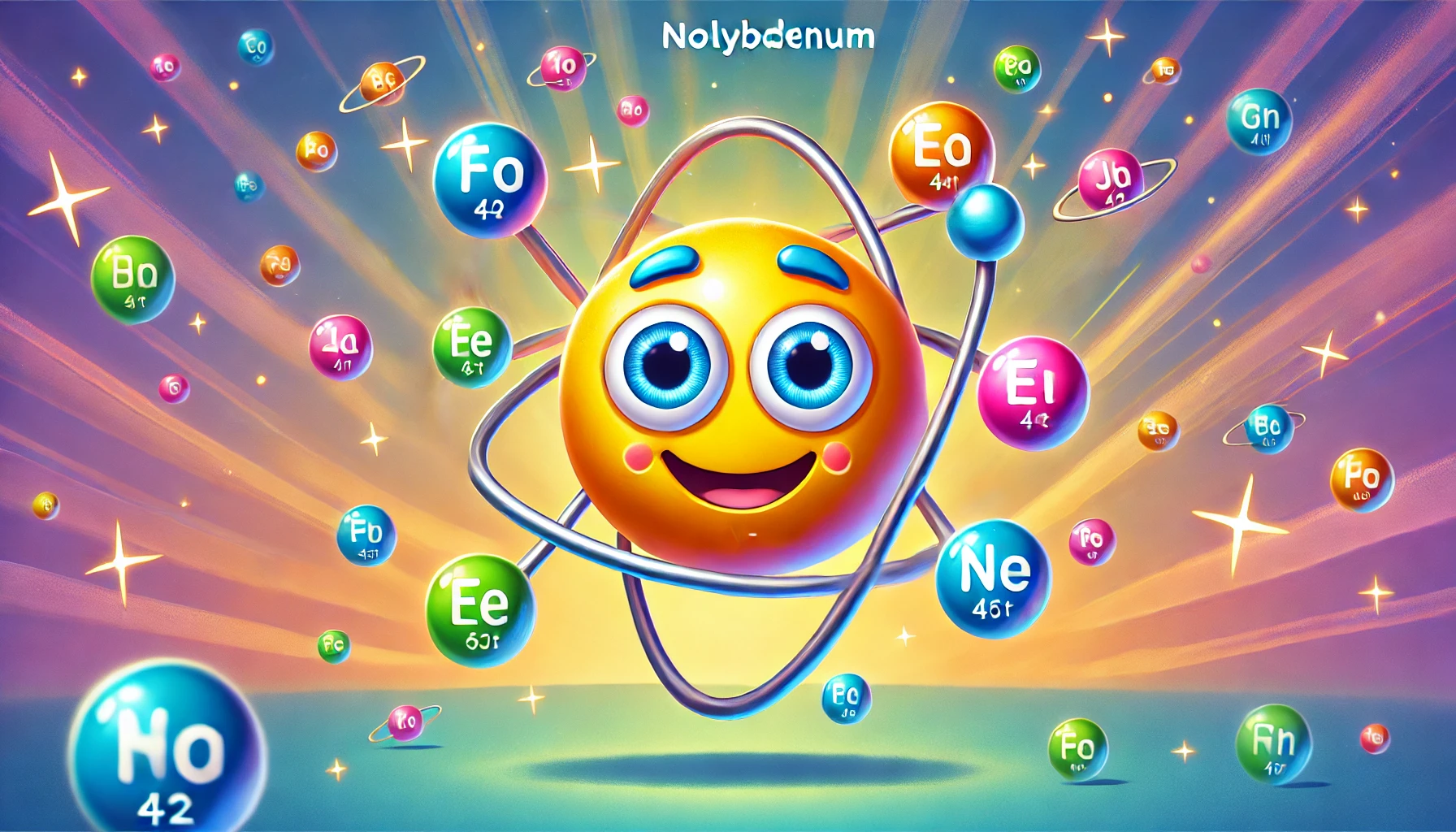Understanding Molybdenum: Properties, Uses, Health Risks, and Fascinating Facts
Understanding Molybdenum: Properties, Uses, Health Risks, and Fascinating Facts
Table of Contents
- Introduction to Molybdenum
- Properties of Molybdenum
- Uses of Molybdenum
- Health Risks of Molybdenum Exposure
- Interesting Facts about Molybdenum
- Environmental Impact of Molybdenum
- Conclusion
- References
Understanding Molybdenum: Properties, Uses, Health Risks, and Fascinating Facts
Introduction to Molybdenum Molybdenum is a chemical element with the symbol Mo and atomic number 42. It is a transition metal known for its high melting point, excellent strength, and corrosion resistance. This article explores the properties, uses, health risks, and interesting facts associated with molybdenum, providing a comprehensive understanding of this valuable element.
Properties of Molybdenum Molybdenum is characterized by several distinct physical and chemical properties.
Physical Properties
- Appearance: Molybdenum is a shiny, silvery-gray metal.
- Density: The density of molybdenum is 10.28 g/cm³.
- Melting Point: Molybdenum has a high melting point of 2,623°C (4,753°F).
- Boiling Point: The boiling point of molybdenum is 4,639°C (8,382°F).
Chemical Properties
- Reactivity: Molybdenum is highly resistant to corrosion and maintains its strength at high temperatures. It forms a protective oxide layer in the presence of oxygen.
- Compounds: Molybdenum forms various compounds, such as molybdenum trioxide (MoO₃), molybdenum disulfide (MoS₂), and molybdenum hexacarbonyl (Mo(CO)₆).
Uses of Molybdenum Molybdenum has numerous applications across different industries due to its unique properties.
Metallurgy
- Steel Alloys: Molybdenum is used to enhance the strength, hardness, and corrosion resistance of steel alloys. It is a crucial component in stainless steels and high-strength alloys used in construction, automotive, and aerospace industries.
- Superalloys: Molybdenum is used in superalloys for jet engines, gas turbines, and other high-temperature applications due to its high melting point and mechanical stability.
Chemical Industry
- Catalysts: Molybdenum compounds are used as catalysts in the petroleum industry for hydrocracking and desulfurization processes, which help produce cleaner fuels.
- Pigments: Molybdenum trioxide is used in pigments for ceramics, paints, and inks due to its vibrant colors and stability.
Electronics and Semiconductors
- Thin Films: Molybdenum is used in thin films for electronic devices, including transistors, photovoltaic cells, and displays, due to its excellent electrical conductivity and adhesion properties.
Lubricants
- Molybdenum Disulfide: MoS₂ is used as a dry lubricant in high-temperature and high-pressure applications, such as automotive engines and industrial machinery, due to its low friction and wear resistance.
Health Risks of Molybdenum Exposure Molybdenum is generally considered to have low toxicity, but there are some health risks associated with exposure to molybdenum compounds and dust.
Inhalation and Ingestion
- Respiratory Irritation: Inhalation of molybdenum dust can cause respiratory irritation, coughing, and shortness of breath.
- Gastrointestinal Issues: Ingestion of molybdenum compounds can cause gastrointestinal irritation, including nausea and vomiting.
Skin and Eye Contact
- Skin Irritation: Direct contact with molybdenum compounds can cause skin irritation and dermatitis.
- Eye Irritation: Exposure to molybdenum dust or solutions can cause eye irritation and potential damage.
Chronic Exposure
- Lung Effects: Prolonged exposure to molybdenum dust may lead to lung damage and other respiratory issues.
Interesting Facts about Molybdenum Molybdenum has several intriguing aspects that make it an interesting element.
Discovery
- Discovered in 1778: Molybdenum was discovered by Swedish chemist Carl Wilhelm Scheele in 1778. It was later isolated by Swedish chemist Peter Jacob Hjelm in 1781.
Unique Properties
- High Melting Point: Molybdenum has one of the highest melting points among metals, making it suitable for high-temperature applications.
- Essential Trace Element: Molybdenum is an essential trace element for humans, animals, and plants. It is a cofactor for enzymes involved in nitrogen fixation and other metabolic processes.
Isotopes
- Stable Isotopes: Molybdenum has seven naturally occurring stable isotopes, with molybdenum-98 being the most abundant.
- Radioactive Isotopes: Molybdenum-99 is a radioactive isotope used in medical imaging for the production of technetium-99m, a widely used diagnostic radiopharmaceutical.
Environmental Impact of Molybdenum Molybdenum is not known to have significant environmental impacts, but its extraction and use should still be managed responsibly.
Natural Occurrence
- Abundance: Molybdenum is relatively abundant in the Earth’s crust and is typically found in minerals such as molybdenite, wulfenite, and powellite.
- Mining: Extraction of molybdenum from these minerals must be done with care to avoid environmental damage and ensure sustainable practices.
Industrial Waste
- Waste Management: Proper disposal of molybdenum-containing industrial waste is crucial to prevent environmental contamination.
Conclusion Understanding molybdenum, its properties, uses, health risks, and interesting facts provides valuable insight into this versatile element. While molybdenum is generally safe with low toxicity, appropriate safety measures should be taken when handling molybdenum compounds and dust. Its applications in metallurgy, chemical processing, electronics, and lubrication highlight its importance in modern technology and industry.

<ⓒ WizardMedics (wizardmedics.com)>






